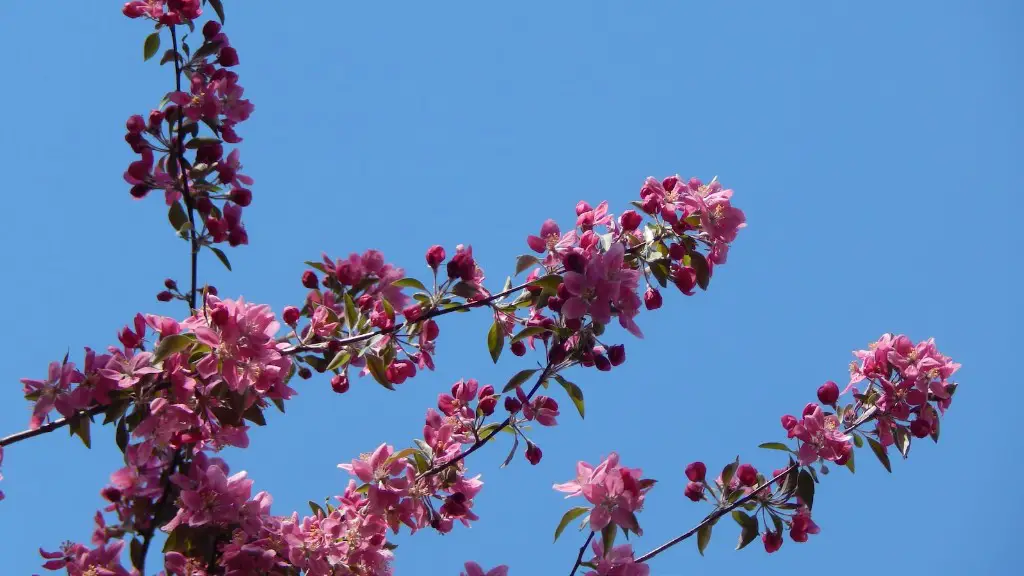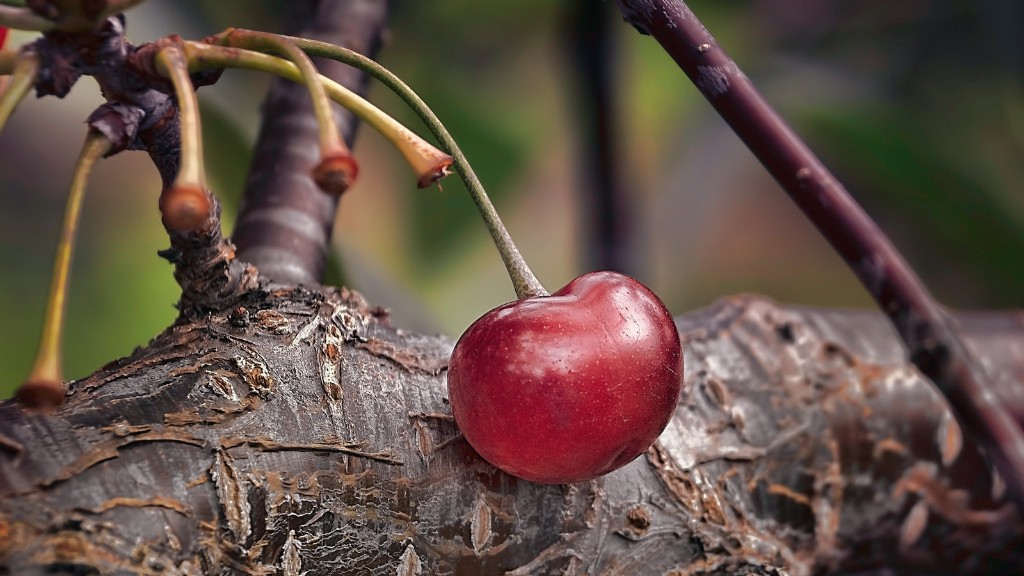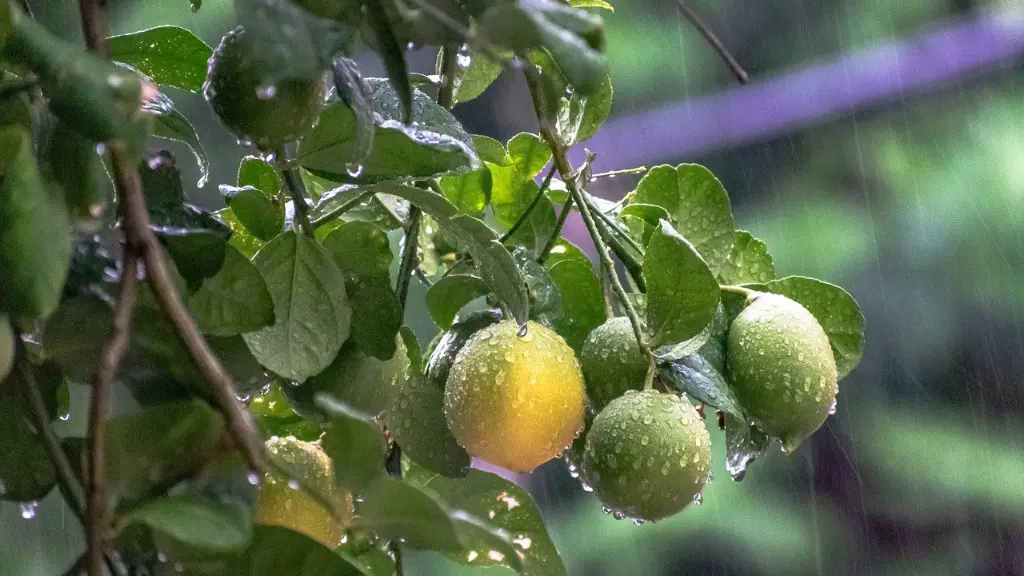Planting a Weeping Cherry Tree
Many homeowners find that Weeping Cherry Trees (also known as Champion Weeping Cherry Trees) add a unique and captivating beauty to any landscape. But, before planting a Weeping Cherry Tree, understanding the right environment and proper care techniques are important to ensure that your Champion Tree will live a long, healthy life.
As with any type of tree, planting a Weeping Cherry Tree in the right location is the first and most important step in successful tree care. A Weeping Cherry Tree should be planted in an area that provides plenty of sunlight and a soil that drains well. It’s also important to consider planting the tree away from lighting poles, utility lines, and other potential hazards that might interfere with its growth. Before planting your Champion Tree, it should also be noted that Weeping Cherry Trees prefer acidic soil with a neutral pH level of 6.5 to 7.5.
Pruning a Weeping Cherry Tree
Proper pruning is also an important part of maintaining your Weeping Cherry Tree. Pruning can help promote strong, healthy growth while also encouraging more flowers and fruits to grow. Pruning should typically begin when the tree is five years old and should be done in mid-winter when the tree is dormant. Generally, only dead, damaged, or diseased branches should be pruned. When pruning a Weeping Cherry Tree, it is important to make sure that the cuts are made at a 45 degree angle just above the bud or limb.
Fertilizing a Weeping Cherry Tree
To further ensure healthy growth and abundant blooms from your Weeping Cherry Tree, fertilization is also an important task that should not be overlooked. During the initial stages of tree growth, fertilization should begin about three years after planting. Generally, fertilizer should be applied at least once a year, usually in the late winter or early spring. To select a fertilizer that is best suited for your tree, always read the label and look for a pH-balanced fertilizer that is specifically designed for Weeping Cherry Trees. Follow the manufacturer’s directions on how to apply the fertilizer and how much to use.
Watering a Weeping Cherry Tree
Keeping your Weeping Cherry Tree adequately irrigated throughout the growing season is also an important part of maintaining its health and vitality. During the first year after planting, it is important to water your tree deeply and regularly while making sure the soil is never too dry or too wet. Generally, a deep, slow watering once or twice a week should be sufficient. In subsequent years, the frequency of watering can be reduced but deep irrigation should still be administered during extended hot and dry periods.
Dealing with Diseases and Pests
It is also important to keep an eye out for diseases and pests as these can significantly damage a Weeping Cherry Tree. Signs of disease or pest problems include wilting leaves, spots on bark, or egg clusters on the leaves. If any of these problems and occur, it is important to investigate immediately and treat the tree as soon as possible. Consulting with a professional arborist or horticulturist may be helpful in determining the best course of action and creating an effective treatment plan.
Protecting a Weeping Cherry Tree
One last important step in caring for a Weeping Cherry Tree is to protect it from potential harm. As a tree can be easily damaged by animals, vehicles, or people, it is important to create a physical barrier to help protect it. This can be done by installing a mesh netting, fencing, or stakes around the tree. Properly secured fencing can go a long way in preserving the integrity of your tree and help ensure that it will thrive for many years to come.
Caring for a Weeping Cherry Tree During Winter
Protecting a Weeping Cherry Tree during the winter is also essential for its overall health and well-being. To keep your tree happy and healthy during the colder months, it is important to keep the root ball covered with mulch or protective wrapping. Additionally, avoid any pruning activities during the winter as the tree is dormant and any pruning activities could harm its growth. Finally, when temperatures are extremely low and freezing, ensure that your tree is receiving adequate irrigation to help give it the best chance of surviving cold winter temperatures.
Maintaining a Weeping Cherry Tree
Weeping Cherry Trees, like most other trees, require periodic maintenance. Regular inspections throughout the year, especially after extreme weather, should be made to check for any signs of distress, such as wilting, discoloration, or pests. Additionally, keeping an eye out for any signs of disease is also important and any signs of potential issues should be addressed quickly and effectively. Finally, be sure to regularly inspect your tree for any potential hazards such as fallen branches, pest infestation, or disease.
Assisting in Drought Conditions
Drought is a common problem that can negatively impact the health of a Weeping Cherry Tree. In times when severe drought is a problem, providing some assistance to your tree can go a long way in helping it survive. This can be done by applying a generous layer of mulch around the base of the tree to help keep the moisture in the soil, providing extra water during dry conditions, and also pruning the canopy of the tree to help reduce water loss through transpiration.
Ensuring a Health Weeping Cherry Tree
By following the proper planting and caring techniques, a Weeping Cherry Tree can live a healthy and long life, even with its unique and demanding needs. It’s important to remember that a Weeping Cherry Tree will require some specialized care, such as adjusting its fertilization, irrigation, and pruning needs, but with the right knowledge, regular maintenance, and a bit of extra care, a Weeping Cherry Tree can be a beautiful addition to any landscape for years to come.


